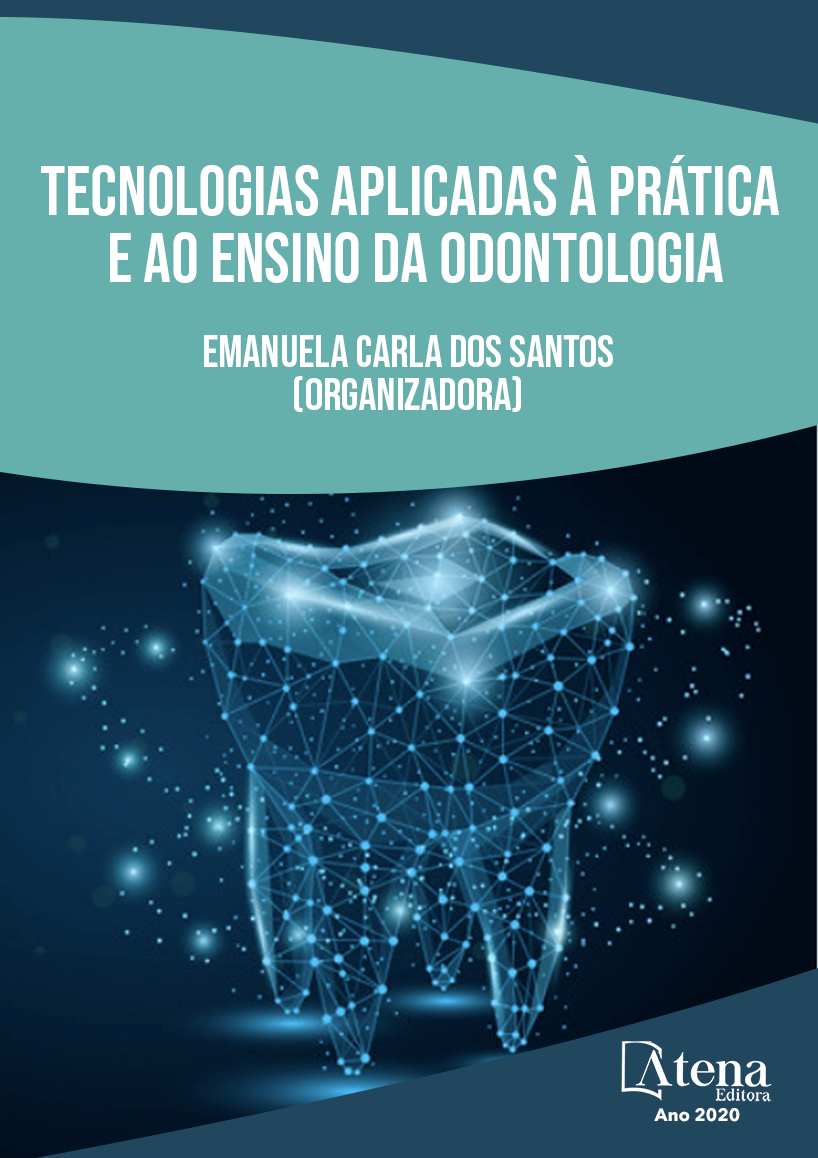
AVALIAÇÃO DO DESTORQUE DO PARAFUSO PROTÉTICO DE DIFERENTES TIPOS DE CONEXÕES COM COROAS LONGAS.
Introdução: Quando o processo alveolar é reabsorvido, a instalação do implante é feita à custa do osso remanescente. Se existir alguma estrutura anatômica a ser evitada, o implante curto está indicado e com isso a proporção coroa - implante fica alterada, na medida em que se torna necessário fazer uma coroa maior. Objetivo: O objetivo deste estudo foi avaliar a influência de diferentes conexões no destorque do parafuso Neotorque sobre implantes com proporção coroa - implante (2:1), estudo in vitro, após ciclagem mecânica. Material e método: 30 implantes de 9 mm x 3,75 mm foram utilizados, sendo 10 de cada tipo de conexão (Cone Morse, Hexágono Externo, Hexágono Interno). Os implantes foram inseridos individualmente em resina acrílica. O torque nos parafusos foi feito com torquímetro digital segundo recomendação dos fabricantes. Posteriormente a aplicação do torque, as coroas foram posicionadas sobre os pilares protéticos com vaselina sólida e em seguida foram submetidos à ciclagem mecânica, com aplicação de uma carga de 120N, 75 ciclos/s por 1.000.000 ciclos a 1 Hz, submersos em água destilada. Por fim, o destorque foi mensurado. Resultado: O teste de ANOVA (p<0,05) mostrou que não houve diferença estatisticamente significante entre os grupos (p=0,526) com relação aos diferentes tipos de conexão pilar - implante e a proporção coroa (2) – implante (1) após ciclagem mecânica. Conclusão: O tipo de conexão pilar - implante e da proporção coroa – implante (2:1) não influenciou na perda de torque após a ciclagem mecânica; a ciclagem mecânica influenciou na perda de torque dentro de cada grupo de conexão pilar – implante.
AVALIAÇÃO DO DESTORQUE DO PARAFUSO PROTÉTICO DE DIFERENTES TIPOS DE CONEXÕES COM COROAS LONGAS.
-
DOI: 10.22533/at.ed.7282005064
-
Palavras-chave: Implantação Dentária; Torque; Cimentação; Mastigação; Próteses e Implantes.
-
Keywords: Dental Implantation; Torque; Screw; Cementation; Mastication; Prostheses and Implants.
-
Abstract:
Introduction: When the alveolar process is absorbed, the installation of the implant is at the expense of the remaining bone. If there is any anatomical structure to be avoided, the short implant is shown and this crown ratio - implant is modified, it is necessary to make a larger crown. Objective: The objective of this study was to evaluate the influence of different connections in the removing the screw implant with crown ratio - implant (2:1) in vitro study, after mechanical cycling. Material and method: 30 implants of 9 mm x 3.75 mm were used, 10 of each type of connection (Cone Morse, External Hexagon, Internal Hexagon). The implants were placed individually in acrylic resin. The torque on the bolts was done with second digital torque wrench recommendation of the manufacturers. Later the application of torque, the crowns were placed on the abutments with petrolatum and then were subjected to mechanical cycling, applying a 120N load, 75 cycles / s for 1,000,000 cycles at 1 Hz, submerged in water distilled. Finally, the removing the screw was measured. Result: The ANOVA test (p <0.05) showed no statistically significant difference between groups (p = 0.526) with respect to different types of pillar connection - implant and proportion implant-crown (2) - implant (1) after mechanical cycling. Conclusion: The type of pillar connection - implant and implant-crown (2: 1) did not influence the torque loss after mechanical cycling; mechanical cycling influenced the loss torque within each pillar connection group - implant.
-
Número de páginas: 16
- Rafael Almeida Rocha
- Celi Cecília Amarante Almeida Rocha
- Carla de Souza Oliveira
- Elissa Almeida Rocha


